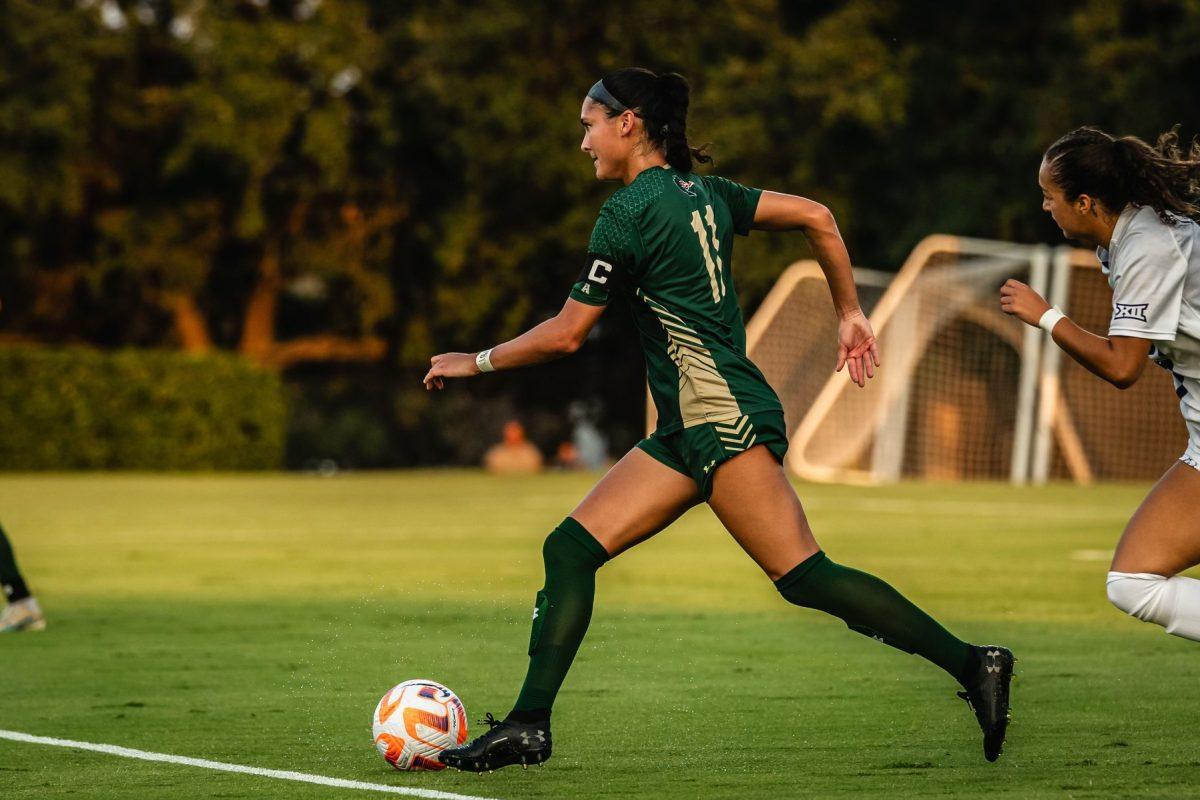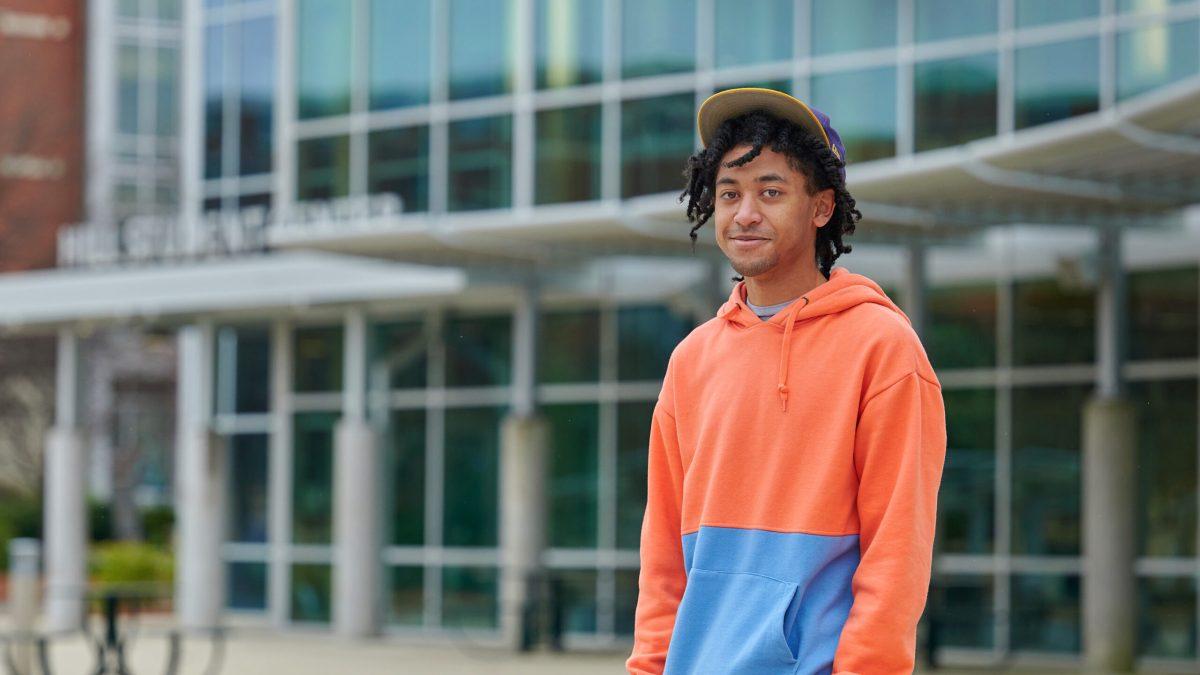The impact of COVID-19 in America is startling. It has resulted in record-setting unemployment rates, one of the larges economic downturns in U.S. history, all while – at the time of this publication – the infection rate is accelerating. It doesn’t take actively losing your home or your employment to feel stress in these trying times; you’d be right to do so. As college students, there have always been myriad stressors and obstacles to education even before the pandemic. With these new terrors, a worryingly common way of attempting to deal with them remains: intoxication.
To some students, booze and increased stress are new and exciting experiences. To others, drink is a long-time acquaintance. Both of these sentiments, while normal, are not healthy. To discuss these concerns, I reached out to the UAB Substance Abuse Prevention & Recovery Coordinator, Ms. Kristina Canfield. Canfield helped me put the unhealthy habits of mid-pandemic college life into perspective.
For a point of comparison, during my time in the Marines, the definition of excessive drinking was five or more drinks per sitting or 15 drinks per week. This definition easily applied to 80+% of my unit and was therefore ignored. In this regard, I find a strong similarity between enlisted and college life. The expectation of college life for most students entails excessive drinking. I look to the past and wish we had a more thoughtful explanation of the differences between safe drinking and stress drinking. It is my intent to explain this in a way that might help students be more introspective rather than dismissive of the guidelines.
“First, I think it’s important to point out that there is no such thing as ‘safe’ drinking because any time we introduce something that is mind-altering, there is risk involved,” Canfield said. “I typically refer to certain ideas as safER drinking and I think that is an important distinction. What you defined is still true and is the definition of binge drinking.”
According to Canfield, there are several ways to ensure safer drinking habits, from simply being more conscious about what you put in your body to dietary changes.
“SafER drinking tips include not drinking more than one standard drink per hour (12 ounces of 5% alcohol by volume beer, 5 ounces of 12% alcohol by volume wine, or 1.5 ounces of 80 proof liquor), knowing how much alcohol is in what you are drinking (I cannot stress the importance of reading labels and knowing what is in a mixed drink), eating foods high in fiber and protein before, during and after drinking and drinking water between alcoholic beverages,” Canfield said.
An often-overlooked aspect of drinking is one’s motivation to do so. Many outside factors can influence your decision to drink, but what drives you to do so matters. Our thoughts and actions do not exist in a vacuum, Canfield said.
“It is also important to take note of your own mental state,” Canfield said. “Are you stressed? Are you sad? Are you happy? Alcohol can intensify emotions we are already feeling so drinking when we are stressed is not going to alleviate the stress we may be feeling. It is so important to work on developing healthier coping mechanisms. If a person chooses to drink then I would encourage them to not only make safer choices, but also to check their motives about why they are drinking. Using alcohol as a coping mechanism could inadvertently lead to much bigger issue such as substance use disorder or worsening mental health.”
The National Institute on Drug Abuse has reported a significant increase in drug use and overdoses since March compared to the same time period in previous years. College is an
inherently stressful time under the best of circumstances. The pandemic, the necessary adjustments to classrooms, and the increase in online learning likely hasn’t made that much better.
Canfield said there has been an increase in patronage of the Collegiate Recovery Community compared to previous semesters.
“We have had an increase in membership this semester as well as students seeking help or questions about stopping the use of substances,” Canfield said. “Isolation is not kind to people struggling with substance use disorder and finding ways to meet those needs has been a challenge for sure. I have also seen so many people rising to that challenge though; recovery meetings shifting to an online format, for example.”
Humans are social creatures. We gravitate towards light in the dark and search for friendly faces in the crowds. Approaching your health and recovery should be no different. On the Collegiate Recovery Community’s site is an ‘initial self-assessment for substance use disorders’ checklist. If you happen to find you checked a few of those boxes, Canfield and others are ready to help with the first steps.
“Reach out! I really want students to understand that there is a space for them on campus to ask those questions and be met judgement free,” Canfield said. “I am a person in long-term recovery myself and I got sober while I was a college student, so I have been exactly where you are now. I want [students] to know that they are not alone and that there is an entire community of students just like you who would love to support you. I am also happy to connect students to other resources they may need as well.”
The Collegiate Recovery Community’s open recovery meetings are currently on Thursdays at 6:00 p.m. and are open to anyone in recovery or seeking recovery from substance use. Additional information can be found on the Collegiate Recovery Community’s Facebook or Instagram pages.











































